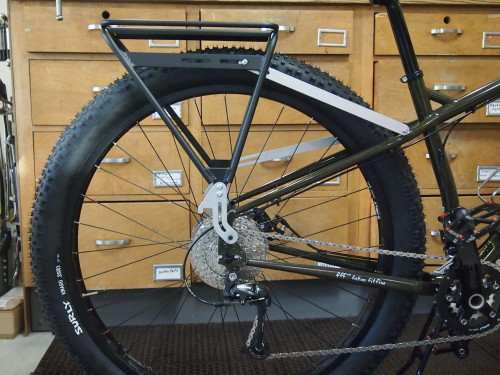
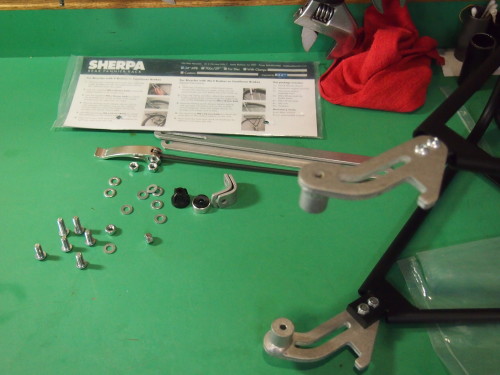
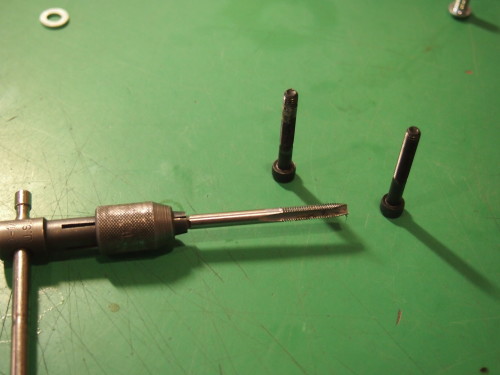
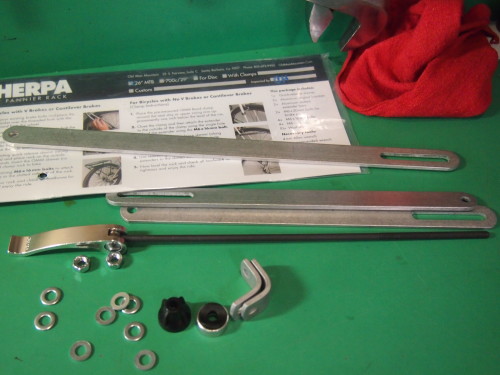
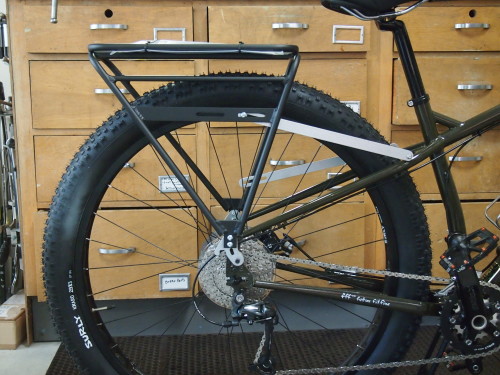
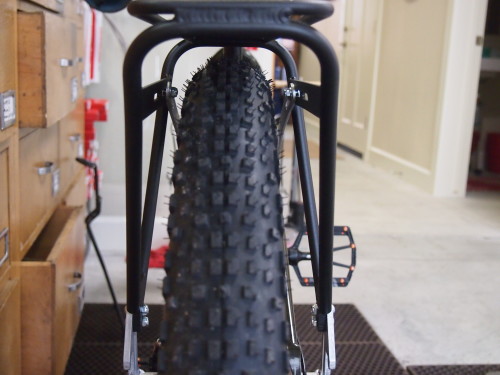
Articles about those important things like pumps, tools, lights and fenders.






Recently I experienced some discomfiture when I realized the Salsa Wanderlust rear rack would not fit on a Surly Long Haul Trucker. Because the top platform was so long and extended so far forward it actually came into contact with the seat stays, making it impossible to mount the rack so that the top platform was level. Apparently the rack was designed to fit certain Salsa bicycles; those with pronounced top tube slope, short seat stays and lots of seat post showing. This implied a positive short sightedness on the part of Salsa. The expression of my discombobulation to the good folks at Salsa seemed to go unheeded.
More recently we restocked our Salsa Wanderlust racks and brought in one of the new Heavy Duty versions of the rack. Turns out somebody was listening! Both versions of the rack have been redesigned and now fit beautifully on the LHT and Disc Truckers as well as the Cross Check and, I imagine, most other bikes. (as of 12/9/2013 the Salsa site still says-“NOTE: Designed as a rear rack solution for Salsa Fargo and Vaya frames. This rack may not work well with traditional touring frames that feature level toptubes.”)
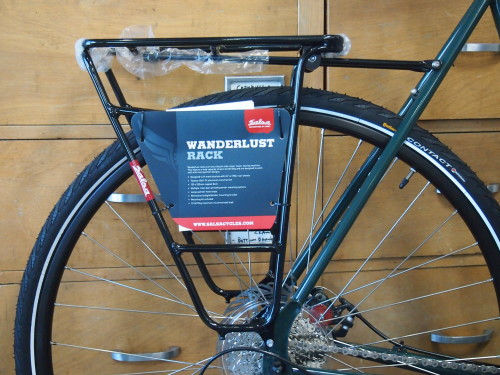
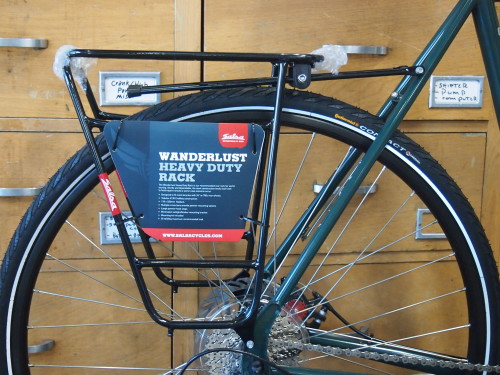
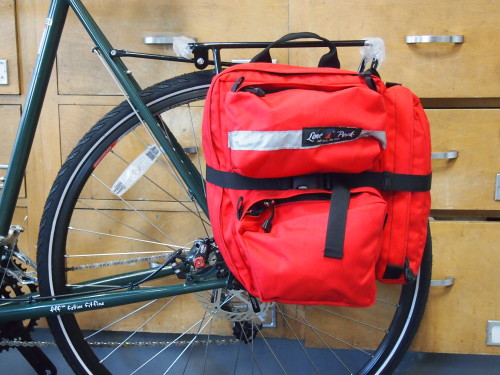
The new Wanderlust racks place the top platform well behind the seat stays, lower than most other racks. The middle pannier carrying rail is lower too. This means you can get your panniers low and out of the way of your heels if you have relatively short chain stays. (touring bikes will have chain stays in the 44 to 46 cm range, measured from the center of the crank to the center of the rear dropouts). The other thought that occurred to me is that there might even still be space for a capacious saddlebag; say the Frost River Caribou Trail for example, in addition to a bag on top of the rack.
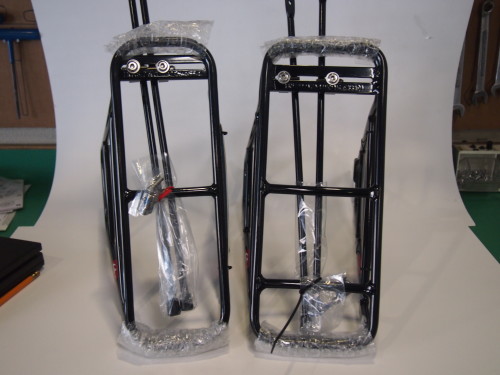
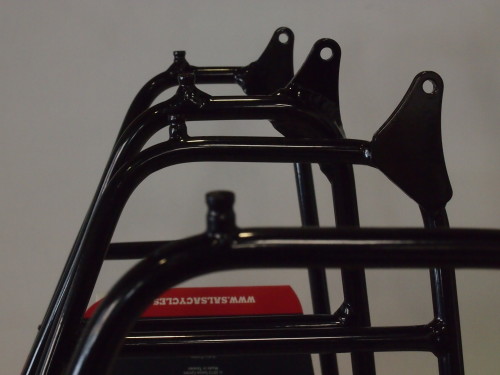
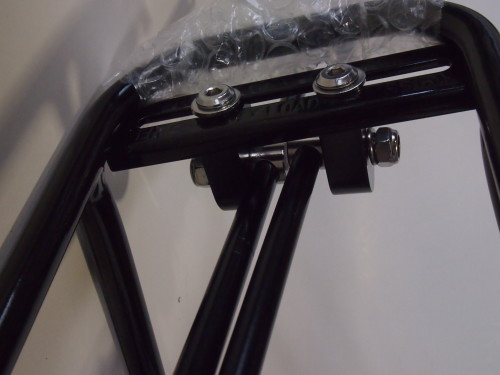
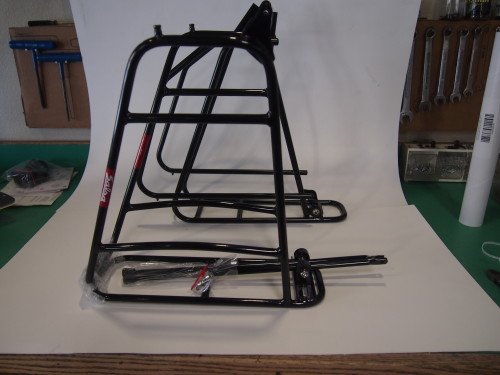
This didn’t start out as comparison between these racks and the Tubus Logo but one is inevitable since the new heavy duty Wanderlust is in the same price range; $140 for the Salsa Wanderlust H.D. and $150 for the Tubus Logo. Both racks are made of steel but the Logo is lighter by almost half a pound or 195 grams. I weighed the Logo at 1 lb. 13 oz. (840 grams). The Logo also has a greater rated load capacity at 40 kilograms or 88 pounds, whereas the H.D Wanderlust has a rated capacity of 25 kilograms or 55 pounds. The standard Wanderlust is made of aluminum and weighs in at 800 grams or 1 lb. 12 oz.; close to the weight of the Tubus Logo, but it has less rated capacity at 15 kilograms or 33 pounds. In fairness it also costs $55 less than the Logo.
These new Salsa racks get the Bike Hermit™ Seal of Approval. For those who have bikes with shorter chain stays but still want to carry a pretty significant load, the Wanderlust H.D. is a good alternative. And the standard Wanderlust is a sturdy, well designed rack that should handle most bicycle touring duties with equanimity.
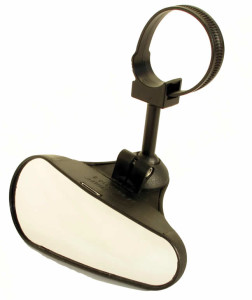
a.k.a. Ultralite German Mirror
The Ultralight Bike Mirror is made in Germany by D+D Oberlauda and is a consistent best seller in the Bike Touring News store… for good reason; not only is it lightweight (about 2 oz./57 grams) but it will attach to virtually any handlebar. Instead of being inserted in the end of the bar it attaches by means of a hose clamp which is tightened by a brass screw. A locking ball and socket joint allows the mirror to pivot through a wide range so that the view can be dialed in precisely. And the lens is a unique asymmetrical design with a parabolic curve for an incredible wide-angle view. Here’s a little video we did on how it installs. Did I mention- these make great gifts?
I was sitting on the top of the counter in the bathroom at Seminole Canyon State Park in Texas writing a blog post using my Droid phone. I was in the bathroom mostly to get out of the maddening wind I had been battling all day but also so I could use the electrical outlet to charge the Droid. My phone just doesn’t hold a charge very long especially when using the internet or GPS functions. Since then I’ve been on the lookout for a way to keep my phone charged while I’m on the bike. “When it rains it pours” and “if you try sometime, you just might find, you get what you need” etc.
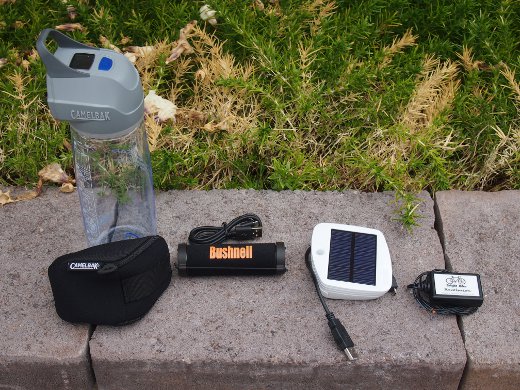
The Camelbak All Clear
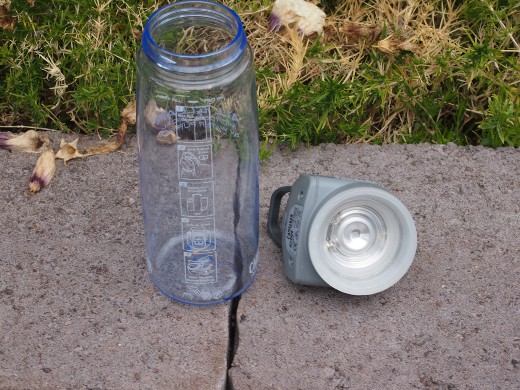
Obviously not actually a charging device, this is a 750 ml bottle with a cap which incorporates a USB rechargeable ultra-violet light bulb to purify water. I “discovered” this product at summer Outdoor Retailer in Salt Lake City earlier this year. It takes about 60 seconds to purify a bottle of water and one charge of the light is good for about 80 cycles. There is an LCD display screen on top of the cap which counts down the 60 seconds once the light is turned on so you know the cycle is finished and the water is potable. And it displays the remaining battery charge. 80 cycles will purify about 60 liters of water so this bottle will last the duration of most trips with one charge. But if you are in the middle of say, the Chihuahuan Desert and out of charge then one of the other pictured devices will come in handy.
The Bushnell Solar Wrap Mini

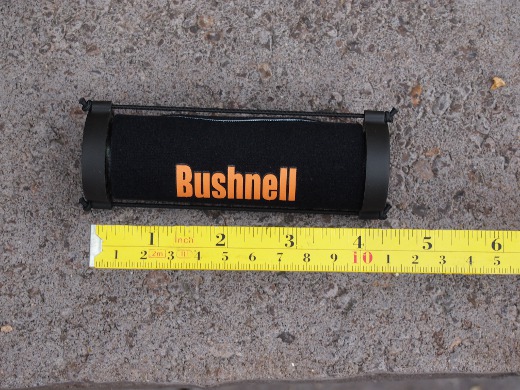
Basically a lithium-ion battery wrapped in a flexible solar panel. Unwrapping the panel and hanging it facing the sun charges the battery. The battery can also be charged using the included USB cable. This little unit is light and simple with an output port on one end of the battery and an input port at the other. An indicator light on one end glows red when charging and green when fully charged.
The Solio Bolt.
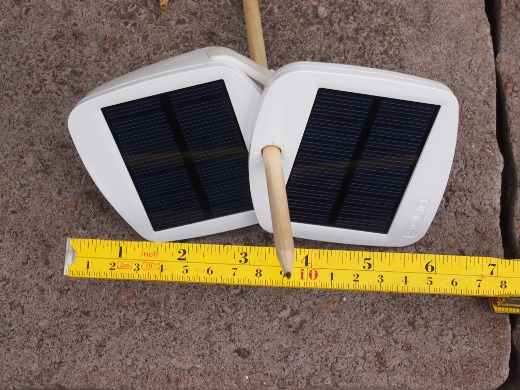
I actually first saw the Camelbak All Clear at the Solio booth at OR. Solio devices use lithium ion polymer batteries charged from rigid solar panels which fold together when stored and can be fanned out and arranged as a sundial. The on off switch indicates the amount of remaining charge by blinking when turned on….one blink indicates 20% charge so 5 blinks means the battery is fully charged. The discharge has two modes, one for Apple devices and one for others. These can be charged via via USB cable as well.
The Bright-Bike Sinewave Cycles Revolution
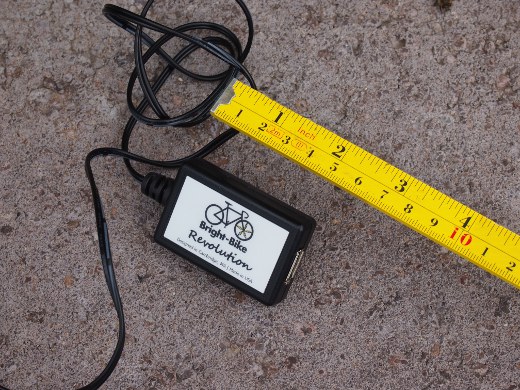
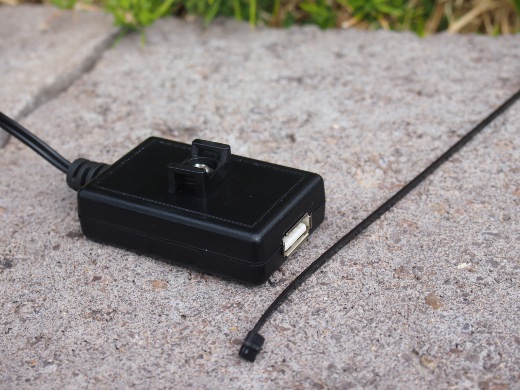
For bikes equipped with hub or bottle dynamos this little gem will convert the current from the dynamo to USB output. Any device can be plugged in to recharge while riding, including your Solio Bolt or Bushnell Solar Wrap batteries. This converter plugs directly into the output from the generator and can be installed with piggyback plugs onto which the leads from the headlights can be attached in parallel, so theoretically a device can be charged while riding with the generator powered headlight on. Simply zip-tie the unit onto the bike and plug in your phone, camera, GPS, head light, Camelbak bottle cap etc. How neat is that?
Some Neo-Luddites will cry “I go on a bike tour to get away from technology”
But thus sayeth the Bike Hermit; “If it makes life on the road easier or more comfortable and even safer, then why not use it”?
Some might even say “Why do you need the dynamo hub charger AND the solar batteries?” Well, even on cloudy days I may need to top off the Droid or tablet using the Bright-Bike Sinewave Cycles Revolution and on other, sunny days I may not be riding and I can charge the batteries in the sun or using a wall outlet.
Personally I think this stuff is pretty neat and I can’t wait for my ride across Nevada on Highway 50 next month and the challenges that will present with lack of services or water for stretches of 80 miles and more on successive days. There probably won’t be any surface water to purify and cell phone coverage is going to be questionable too but lack of charge to my electronic devices will not be a limiting factor! I will do a report after the ride and will also be posting a video showing the final setup and use.
The Bike Touring News Store has Old Man Mountain racks! Designed and made in Santa Barbara, CA. Old Man Mountain has a rack for almost any bike including full suspension mountain bikes and fat bikes.
Here’s an Adventure Cyclist Story from 2004. It describes the genesis of the company, the owner’s background and some of the philosophy behind the designs.
Please check the offerings in our store and feel free to contact us if you have questions or need a rack you don’t see.
The new shipment of Frost River bike bags arrived at the Bike Touring News Store last week. Frost River may be better known for their canoe packs than for bicycle touring bags but both should be held to the same standard –
“Canoe packs are built for a very specific task (hauling the stuff that will sustain you) in a very specific environment (the Northern Wilderness). In this setting, things like a seam ripping or a sidewall tearing or a strap breaking—little failures that would be an annoyance in everyday life—come with huge consequences.”
-And so it goes for bike touring.
Frost River makes their bags in Duluth Minnesota from materials sourced in the USA.
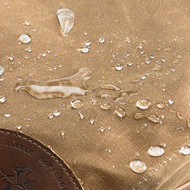
The waxed cotton canvas comes from Fairfield Textiles and is called Martexin Original Wax. The fabric is claimed to have a lifelong resistance to inclement weather as well as being naturally breathable. The hand is not course or stiff even though the canvas is stout. It is evident that the material is impregnated with wax rather than simply coated.
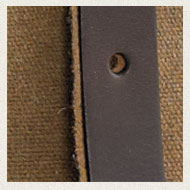
The leather in the straps and reinforcements comes from S.B. Foot Tanning Co. in Red Wing MN. Yes, that Red Wing. I currently have two pairs of Red Wing shoes and it’s sort of neat to know the leather in my bike bag comes from the same source!
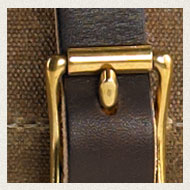
All the buckles, snaps, slides and d-rings are solid brass, not simply plated. And they are big. They might almost appear clunky to some but when fumbling with cold fingers and/or in the dark I think I will appreciate the large size.
The Gunflint Trail is the larger of the two traditional style “transverse” saddlebags from Frost River and it is big. The stated capacity is 20.6 liters but it seems larger…..maybe that doesn’t include the side pockets. And, while this bag could be used without a rack support, it sits very nicely on the Nitto R15 or R14 Top Rack.
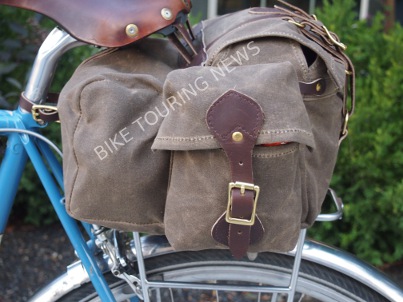
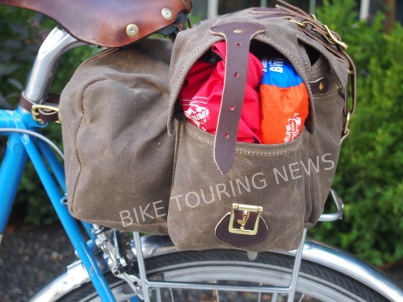

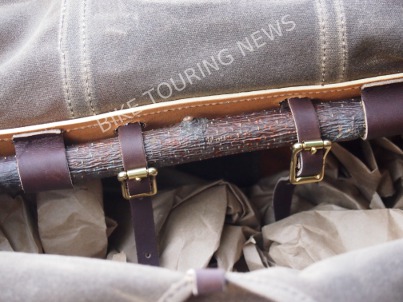
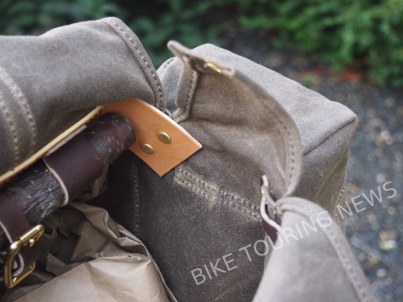
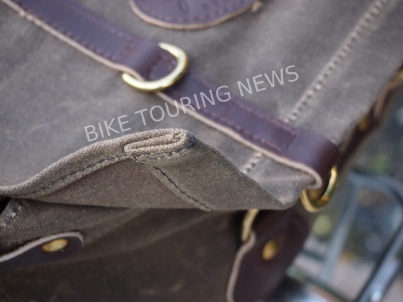

The Caribou Trail bag is an 8.8 liter capacity bag without side pockets. It works as a saddlebag but can also be strapped to the handlebars. A support such as the Nitto R10 rear bag supporter will keep the bag a little proud of the saddle and might prevent any unwanted side to side swaying.

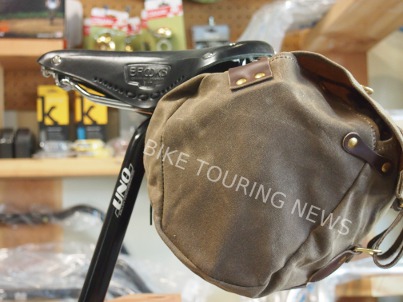
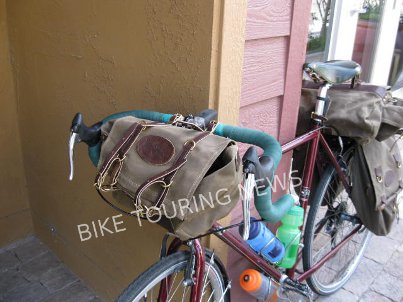
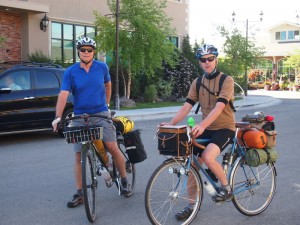
Living in the High Desert we have come to appreciate the ability to carry enough water when touring. Look closely at the Bike Hermit’s feet and you can see his white water bottle attached underneath his down tube. (click on the photo to see it better) The challenge is “Chief”, his A Homer Hilsen, only comes with the “normal” two cage bosses. Don’s Surly Ogre (on the left) has 3 cage bosses, as does the Surly LHT and the Surly Disc Trucker. Thankfully we’ve found a sweet solution to add more bottles – Elite VIP bottle clips. Made in Italy these clips resemble a zip tie, the heavy duty type but with cage bosses attached. Designed to fit any tube between 22mm and 50mm diameter. These are slick. We have also mounted them on Surly Pugsley Forks (see below). A light weight inexpensive addition, well worth it for anyone planning rides/tours where water is not readily available. As you can see from the 1st photo, The Bike Hermit also chose to carry a camelback and tucked into his gear is a folding hydration bottle and the water filtering system in case they have to resort to cattle troughs and trickling streams.
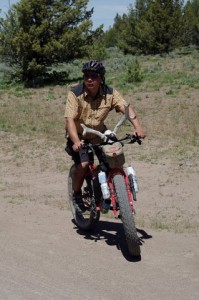
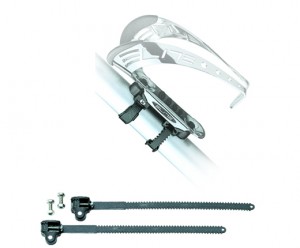
In case you aren’t familiar with Loan Peak Packs – They are a made in the USA, previously based in Salt Lake City but recently relocated to Marysville, Washington. The craftsmanship has always been top notch and the panniers are well worth the price. We have stocked the Mount Superior Pannier since we opened. A large capacity pannier that is perfect for the long distance traveler.
Recently we were discussing the Lone Peak product line with Gary and expressed our interest bringing in a smaller pannier that could work either on the front or on the rear. Gary suggested we consider the Millcreek. Our first set arrived just in time for the Wandering Wheels S24O to Sheep Creek Reservoir. For this trip, the Bike Hermit decided he would take Norm – the Surly Crosscheck with the large Paul Components basket.
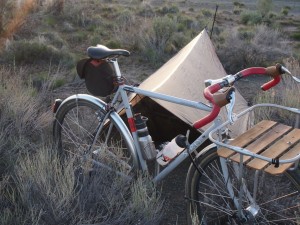
Norm has a custom bag that fits perfectly into the basket and the Bike Hermit was quite pleased with the items he could carry. While he had the stove and his hammock, fitting food and the sleeping bag were a challenge.
Normally, on a S24O I take my Gilles Berthoud front bag and a Zimbale 18 liter but the Millcreeks were calling to me and we wanted to try them out before we offered them in the store. Suffice it to say, we need to order more Millcreeks for the store as I will be hard pressed to relinquish the pair I tried out.
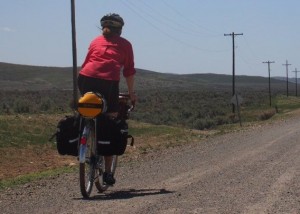
Right off the bat, packing the Millcreek’s are a breeze. The main compartment unzips completely, like a suitcase, making layering and adjusting and FINDING items easy. No more pawing through the pannier or needing to dump half of your items on the ground to find something.

The secondary pocket, also called the large front pocket was a great spot for my camp shoes, camp jacket and assorted small camping necessities. It has a 3/4 zip so again easy to access.

The final “pocket” is mesh, with a zipper so great for damp items, gear you want to use during the day, etc.

I had more than enough room for all my gear (except the tent) – but my hammock would have fit had I chosen to take it. I also packed enough food for the two of us and still had room left over.
Other features that impress me – the panniers stand alone, so nice when taking on and off the bike. The nylon compression strap can be used for extra security by attaching it to the rack but even on dirt and gravel roads the pannier’s didn’t bounce around at all. The locking system was easy to use. A minor issue for me and my Nitto Rack is the bungee with the s-hook that attaches at the bottom. With my rack I just need make sure it stays in place as I pull the pannier up to hook on the top.
The nylon fabric is high quality and very water resistant (tested by riding through a creek) but for those who ride in wet climates Lone Peak makes a rain cover as well.
I know I will be recommending these to many fellow bike travelers.
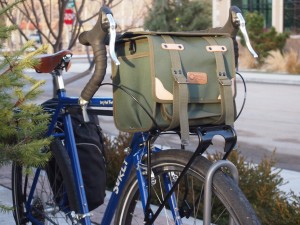
Not precisely “handlebar” bags these Ostrich bags are supported on the platform of a front rack and secured at the top either to the handlebars or by a bracket known as a decaleur. In my opinion the advantages of this style of bag are several:
–The center of gravity is lower than a bag attached to and supported by the handlebars
-The bag is more accessible from the cockpit than panniers.
-An assortment of small pockets make it easy to find the small things you need
-A plastic covered map case is indispensable to the touring cyclist.
-Relatively easy to remove and carry when off the bike. Some come with shoulder straps.
As of this writing their are two sizes of front Ostrich bags (Ostrich also makes a traditional style saddle bag and, I believe, rear panniers); the F-104 and the new, slightly larger F-106.
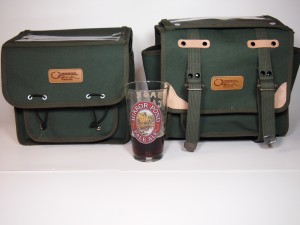
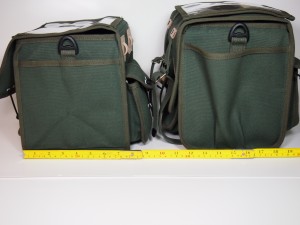
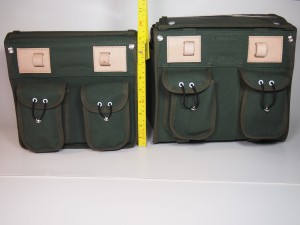
Determining which size bag will work best on a particular machine starts with knowing the distance from the top platform of the rack to the handlebars. The type of stem on the bike -threadless (Aheadset) or threaded (quill)- and, in some cases, the steer tube diameter – 1″ or 1 1/8″- will tell what type of decaleur to use. Gilles Berthoud decaleurs are available in six different configurations, and Velo Orange decaleurs in two. We carry all of them in the Bike Touring News Store and,as always, are here to help demystify.
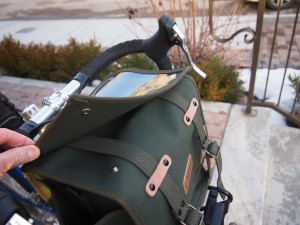
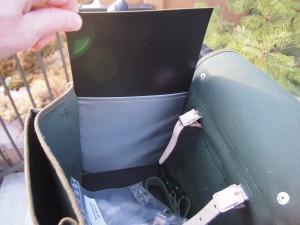
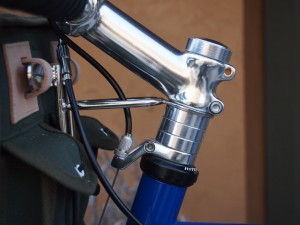
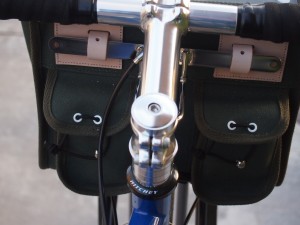
I’ve always liked these bags. I’m a sucker for canvas duck and for the army green color. I like the robust, utilitarian feel and look of these and I think the details are well thought out. The relative voluminous capacities are nice too. When touring it seems as though I’m always looking for the extra pocket or for someplace to lash the rain jacket. These have been unavailable in the US for some time but I’m excited about being able to get them again.
UPDATE 2/19/2013
We will also be carrying the Ostrich Panniers…..
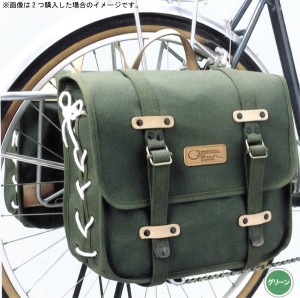
….and the traditional style Ostrich S-2 Saddlebag...
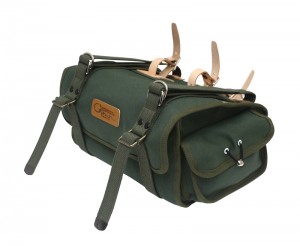
MORE UPDATES! 3/15/2013
We now have the Gilles Berthoud rain covers which work nicely with the Ostrich F-106 and F-104 bags.
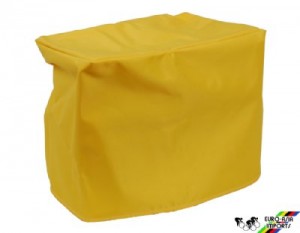
The temperature is going to be well below freezing this New Year’s Eve day and several inches of snow have fallen in the last 48 hours. A combination of de-icer, sand spread by the highway district and traffic has left the busiest roads mostly bare and dry. But driveways and side streets are covered with (one after another, or all at the same time) patches of snow, ice, slush and gravel. I’m not riding the bike today.
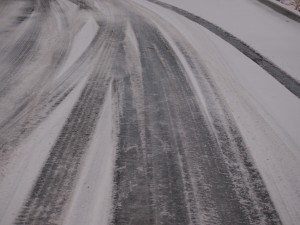
This morning I looked in a supplier’s catalog at tires with 400 or so carbide steel studs in the tread. I’m tempted to buy a pair but I’m not sure if even that would keep me upright on the ice. And the use for such tires is limited…I don’t really want to be taking them off and putting them back on every time it snows. If I had a bike with disc brakes I could try the old zip-tie snow chain trick.
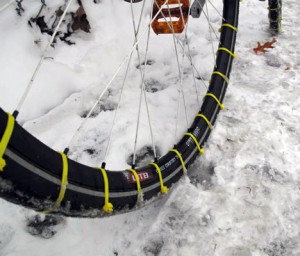
Earlier this month, before the snow was sticking, we went on a day trip from Three Horse Winery north of Eagle, ID to Montour, ID where we ate lunch before riding back. Scott and Aileen scouted this route prior and they were going to show us the fabled passage between Eagle and Montour which we had been unable to discover on our overnight trip last year. This turned into sort of an epic slog through mud and water and emphasized the importance of the right bike for the job… those of us with fenders spent quite a bit of time digging packed mud from between the tires and fenders. We even ended up taking Sky King’s front fender off when her front wheel completely bound up and stopped turning. For those on bikes without fenders and using disc brakes the going was relatively easier.
Here is a map of the route for those who might want to repeat it.
Even with the mud everybody had a great time and there was more smiling taking place than cursing although there was some of both. That is partly a testament to the cohesiveness and the great attitude of our fledgling bike touring group wherein everybody is quick to help others and nobody complains. Plus, every rider is competent and able to take care of themselves on and off the bike.
A touring bike continues to open my eyes to the scenic and solitary places within an hour or two of where we live. Places I never visited in the previous two decades of living here and probably would not have experienced in another 20 years, but which are suddenly accessible on my country bike. Not to mention a new group of friends….a group of thinking, entertaining and interesting people who make this hermit happy to be a part of it.